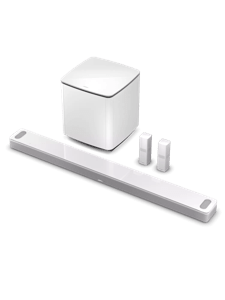What is 5.1 surround sound?

What is 7.1 surround sound?
The differences between 5.1 vs. 7.1
Additional surround sound options

Featured in this story
Color:
Black
Color:
Bose Black
More Bose stories






